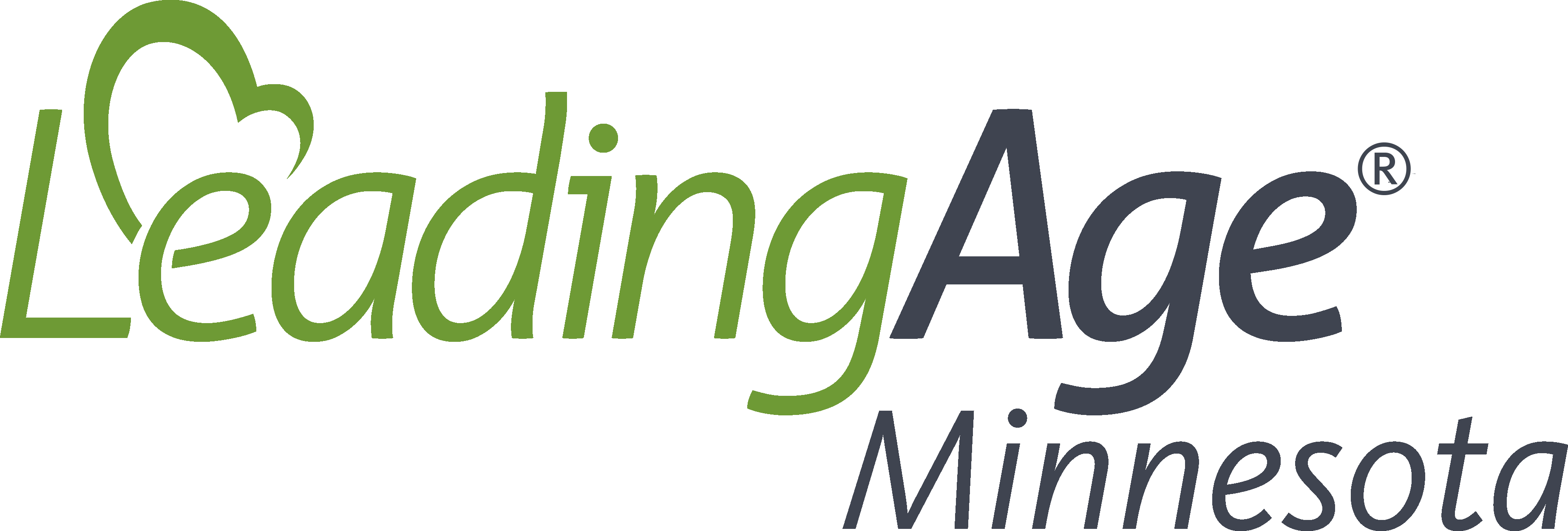Emergency Relocation for Assisted Living – Definition and Requirements
Posted on October 6, 2022 by Bobbie Guidry
The assisted living statutes (144G.52) define an emergency relocation and state that an assisted living facility "may remove a resident from the facility in an emergency if necessary due to a resident's urgent medical needs or an imminent risk the resident poses to the health or safety of another facility resident or facility staff member."
This includes, but is not limited to, instances when a facility contacts an ambulance to transport a resident due to urgent medical needs and the person does not return within the day.
For example, if a resident has had a fall and requires stitches or another procedure that may take several hours but they are returning directly to the facility, then a notice is not required. However, if the resident is kept for observation, hospitalized, or transferred to a care setting, it is considered an emergency relocation.
Notice of Emergency Relocation
The facility must issue a notice when a resident has an emergency relocation. The notice must include specific information and be sent to specified individuals. We have developed an Emergency Relocation Notice Template that can be used to provide the required notice. Additionally, if the resident does not return within four days, a notice must be sent to the Office of Ombudsman for Long-term Care (OOLTC). When sending a notice to OOLTC, remember to use the coversheet provided on their website.
The notice must include the following:
- The reason for the relocation;
- The name and contact information for the location to which the resident has been relocated and any new service provider;
- Contact information for the Office of Ombudsman for Long-Term Care;
- If known and applicable, the approximate date or range of dates within which the resident is expected to return to the facility or a statement that the return date is not currently known; and
- A statement that, if the facility refuses to provide housing or services after relocation, the resident has the right to appeal under section 144G.54. The facility must provide contact information for the agency to which the resident may submit an appeal.
The notice required must be delivered as soon as practicable to:
- The resident, legal representative, and designated representative;
- For residents who receive home and community-based waiver services, the resident's case manager; and
- The Office of Ombudsman for Long-Term Care if the resident has been relocated and has not returned to the facility within four days.
Following the Emergency Relocation
Following an emergency relocation, a facility's refusal to provide housing or services constitutes a termination and triggers the termination process. However, it is not a termination if a resident or their representative seeks services in another setting or with alternative services for rehab or long-term care.
Regular communication with residents and their representatives about services available from the assisted living provider and any limitations and planning for issues that could arise can help ease anxiety and service planning during times of change or crisis.
Comments
Add a comment
Members must sign in to comment
You must be a member to comment on this article. If you are already a member, please log in. Not a member? Learn how to join »

No one has commented on this article yet. Please post a comment below.